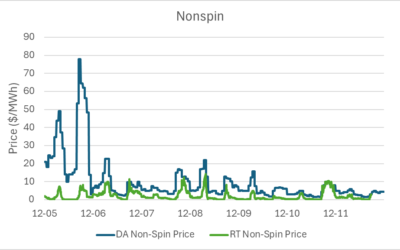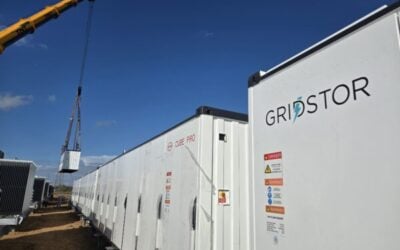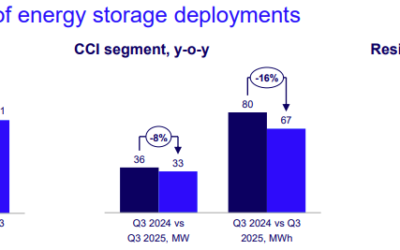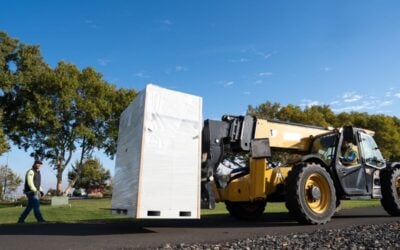Scientists at Ohio State University claim to have developed a hybrid device which combines a solar cell with a rechargeable battery, as part of a US Department of Energy funded research programme.
The new device, which is expected to be licensed for industrial use, features a mesh solar PV panel, which allows air into the battery as well as integrating a process for the transfer of electrons from the solar panel to the battery electrode.
The Ohio State University team also says the battery element of the device stores almost 100% of the electrons generated by the photovoltaic cell. Typically, around 20% of the electrons are lost in the movement between the solar cell and the battery, but in the latest design, conversion of light to electrons happens within the battery.
Multi-disciplinary journal Nature Communications published findings from the team last week. Yiying Wu, supervisor on the project, previously worked on a high-efficiency air powered battery that won a US$100,000 prize for innovation in clean energy from the DoE in 2014. That battery, the KAir, was air-powered, allowing potassium to react with oxygen.
Try Premium for just $1
- Full premium access for the first month at only $1
- Converts to an annual rate after 30 days unless cancelled
- Cancel anytime during the trial period
Premium Benefits
- Expert industry analysis and interviews
- Digital access to PV Tech Power journal
- Exclusive event discounts
Or get the full Premium subscription right away
Or continue reading this article for free
Yiying Wu told Ohio State University’s newsroom that the latest invention is in effect a “breathable battery”, combining the KAir’s technology with solar panels. Solar cells are usually made with solid semi-conductor materials which prevent air from passing through.
“It breathes in air when it discharges, and breathes out when it charges,” he said.
An image taken with the electron microscope shows the nanometer-sized rods of titanium dioxide (larger image) covering the titanium gauze (inset). Image: Yiying Wu, Ohio State University.
The hybrid cell uses the mesh of the solar panel as an electrode, with a lithium plate on the back of the device acting as another electrode with a third electrode in between, made of porous carbon. An iodide additive, added to the electrolyte between the layers, works to “shuttle” electrons between the solar cell and the battery.
The cell’s designer, Mingzhe Yu, used a permeable titanium mesh, made of titanium gauze for the solar panel, through which air passes, while titanium dioxide rods alongside the gauze trap sunlight. The holes in the mesh are around 200 micrometers across. Lithium peroxide in the battery decomposes into lithium ions and oxygen. The oxygen is released, while the lithium ions, charged with electrons, are stored as lithium metal. On discharging, the battery “breathes in” oxygen from the air to reform the lithium metal into lithium peroxide.
The mesh of the dye-sensitised cell is coated with iron oxide, acting as the solar cell’s semiconductor. The iron oxide – or rust – was found in tests to not be consumed by the charging and discharge cycle of the battery.
According to Yiying Wu, the new device could help lower the cost of solar energy, perhaps by as much as 25%.
“The state of the art is to use a solar panel to capture the light, and then use a cheap battery to store the energy. We’ve integrated both functions into one device. Any time you can do that, you reduce cost,” Wu said.
Recent high profile research and development into lithium batteries has led researchers at Technische Universität München (TUM) to observe lithium plating taking place at close quarters while batteries are in use. The team at TUM put batteries in the diffracted light of neutron beams.





